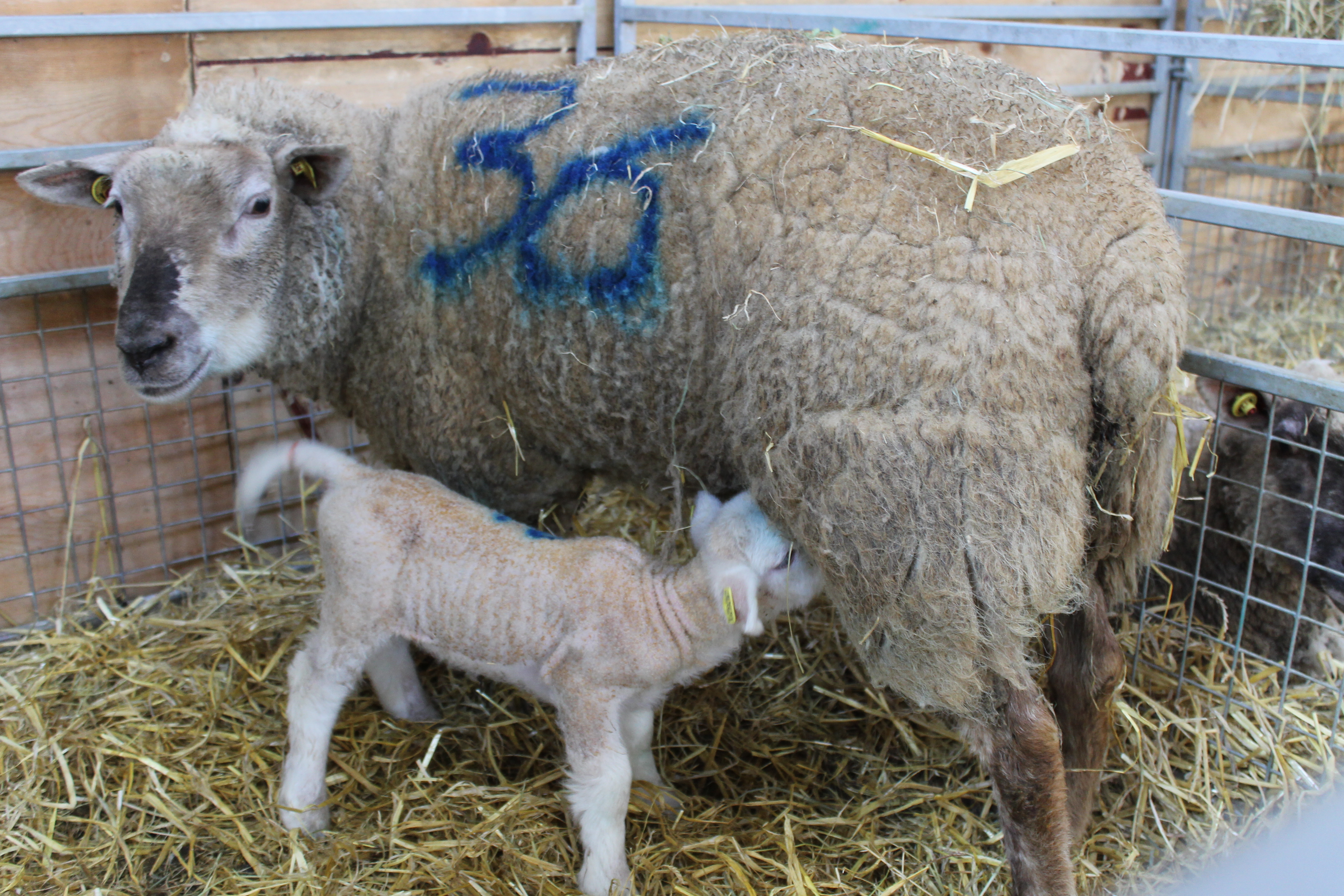Background
The national Central Progeny Test (CPT) which is run by Sheep Ireland is one of the most valuable breeding resources in the country. The CPT gives a means for stock rams from pedigree flocks to be progeny tested in an independent commercially run farm. The progeny of rams in the CPT are intensively recorded from birth until slaughter. A number of replacement females are retained from each sire also to test how the maternal line of that ram performs in a commercial flock.
There are currently 4 CPT flocks that have over 2,100 CPT ewes in total, these ewes are artificially inseminated each year from a group of around 30 pedigree stock rams that have been submitted to the CPT, and each ram will be used in two if not three flocks. Each ram is served to approximately 100 ewes.
The Ram’s performance
Sheep Ireland does not supply raw data (Mortality, Lambing Difficulty, Weights, etc) back to the owners of the rams, all the data recorded on the progeny of a sire is fed into the Sheep Ireland genetic evaluations. If a CPT ram performs better than expected then his breeding values will increase, if the sire under-performs his breeding values will fall, all of which can be accessed on the ram search. The reason Sheep Ireland does not supply raw data is because there are too many variable effects which may skew the results. For example, the farms a ram is used on, the type of ewe that he was mated with, the age of ewes that the ram was mated with, the % of twins conceived, all of these will influence the performance of a sire’s progeny on the ground, but do not reflect the rams genetics. All of these effects and more are taken into account in the genetic evaluation which will allow breeders to directly compare two rams from the same breed against each other using their genetic indexes.
A practical example of how raw data can be misleading
CPT ram A is mated with 100 CPT females. These ewes are selected at random, but by chance Ram A has been mated to a high number of 3, 4 and 5 year old ewes (ewes in their prime). CPT ram B has also been mated with 100 CPT females, however by chance Ram B has been mated with a high number of hoggets (a much higher percentage of hoggets compared to Ram A).
Comparing the lamb performance of Ram A and Ram B on raw data alone will provide misleading results. Looking at growth rate; the average daily gain of progeny born to Ram B will be significantly reduced due to the fact that the ram mated a high number of hoggets. Raw data will not highlight this fact. It would simply suggest that Ram B has poor genetics for growth rate, when the reality could be the complete opposite.
Only complex genetic evaluations can correct for all of the variable situations which occur on farm. In this instance, the genetic evaluation will take into account the age of ewes when evaluating lamb growth rate. While the overall (raw) progeny growth rate of Ram A might be higher than Ram B, this does not mean that Ram A has superior genetics. When ewe age is factored in, Ram B may well be out performing Ram A. This applies to all traits being recorded by Sheep Ireland.

